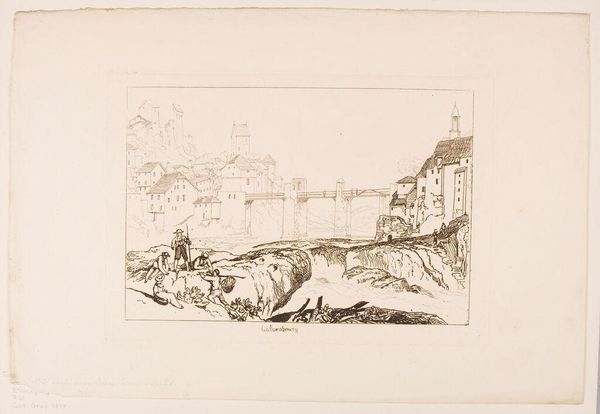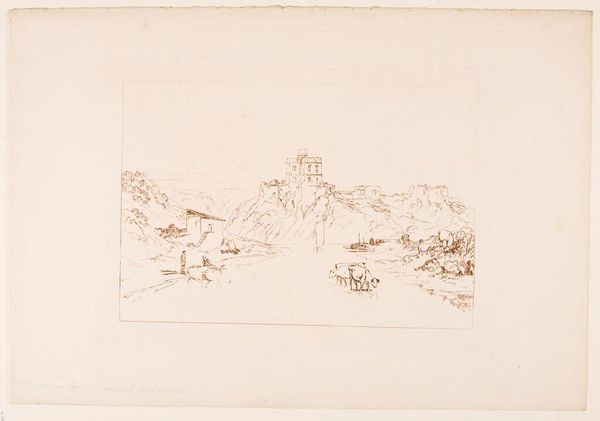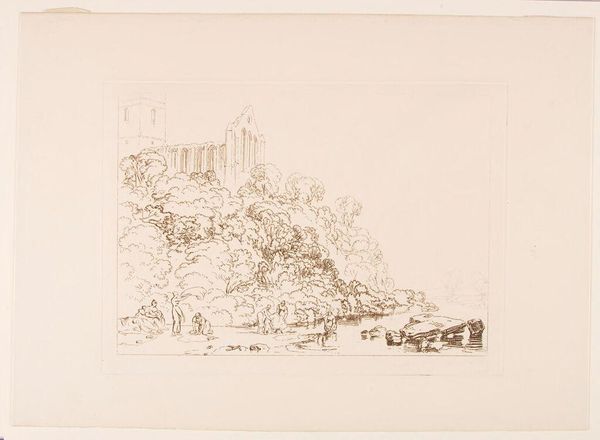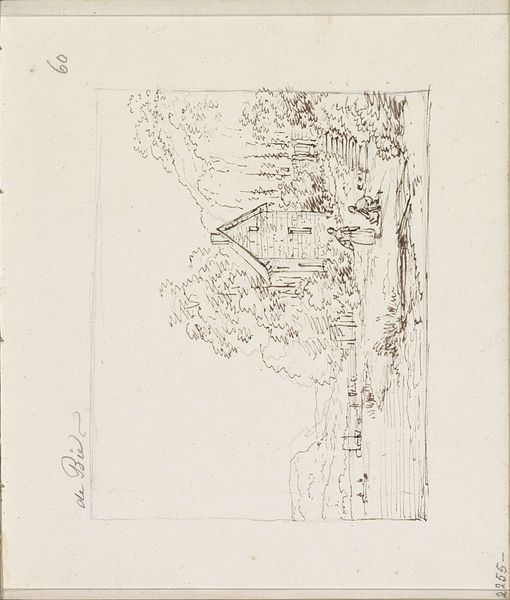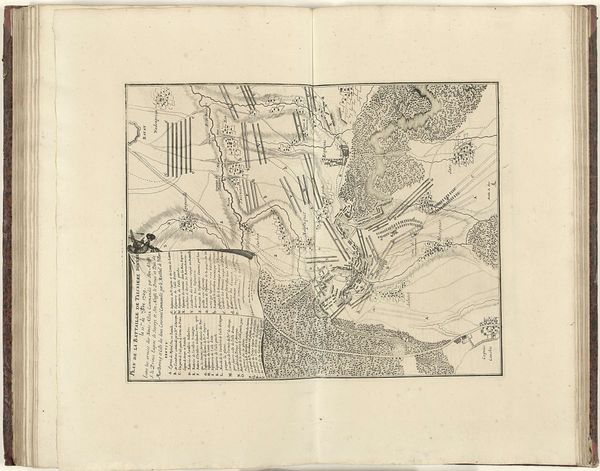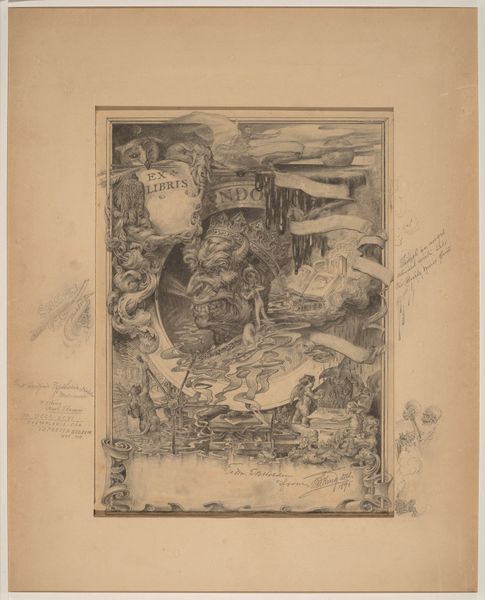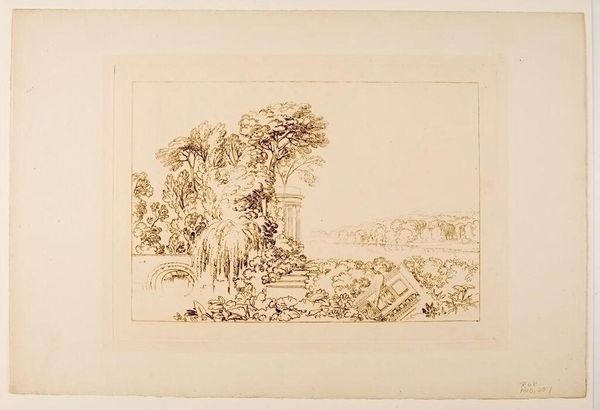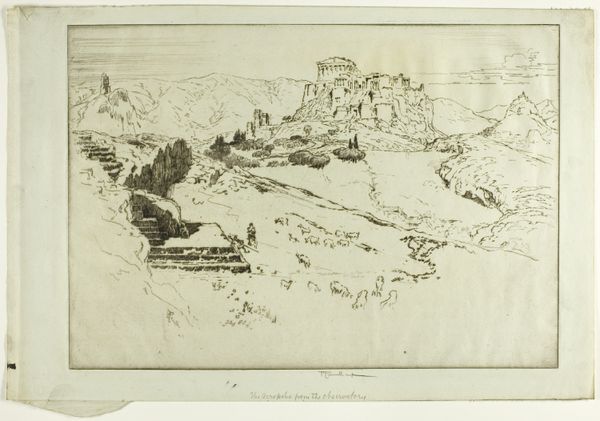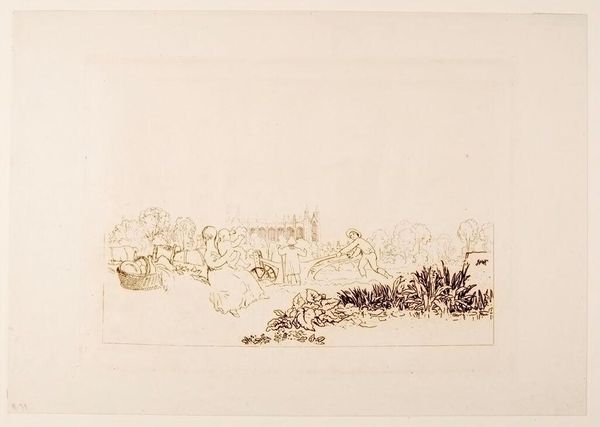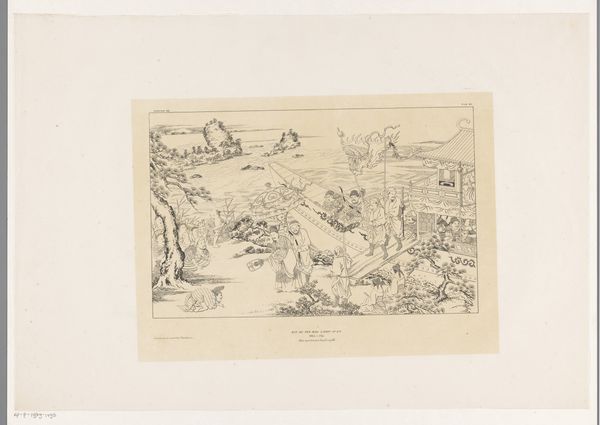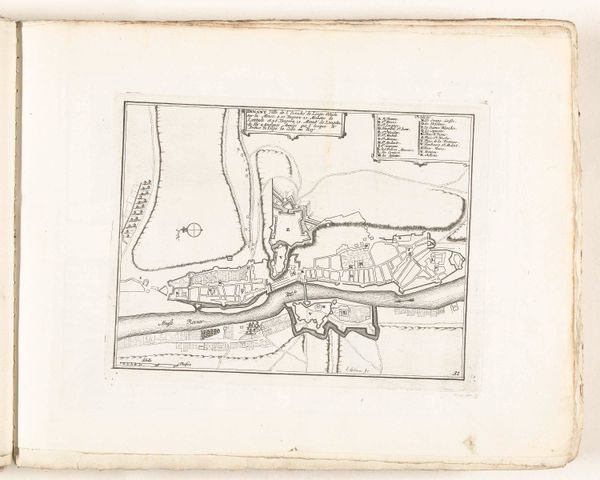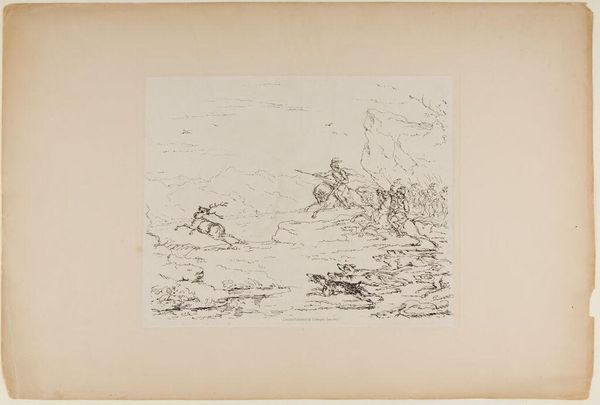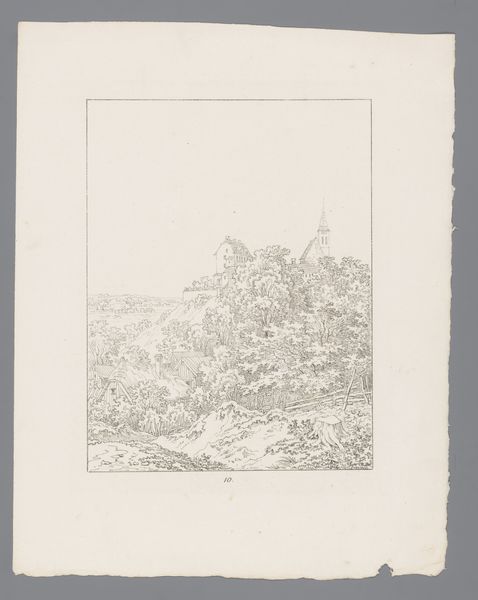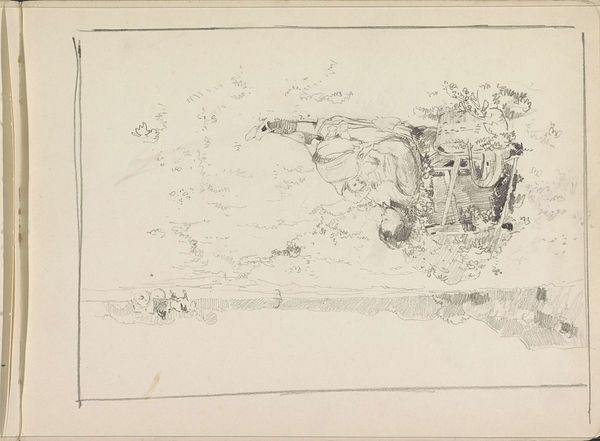
Copyright: CC0 1.0
Curator: Turner’s "Tenth Plague of Egypt" at the Harvard Art Museums is a study in desolation, isn't it? I feel like I am looking at a memory of a nightmare. Editor: It's barely there at all, this etching! The line work is so sparse. You can almost feel the acid biting into the plate, each scratch telling its own story. What ink did he use, I wonder? Curator: It feels unfinished, raw. The subject matter itself is so heavy, but the execution has this ghostly lightness. Editor: Ghostly is right. It reminds you that even the grandest historical dramas are rooted in the gritty, material world. This wasn't just divinely ordained; it was etched with human hands, labor, and intention. Curator: Exactly, and that tension is what makes it so haunting. It’s a grand biblical scene rendered with such delicate and deliberate lines. I find that juxtaposition captivating. Editor: For me, this almost resembles notes left by an explorer - notes on how to make an image and what we are meant to take from it. Curator: Precisely. Turner invites us to be present at the genesis of both a scene and an idea. Editor: It really drives home the fact that even these fantastical stories involve craft and the conscious choice of materials. The material becomes the message.
Comments
No comments
Be the first to comment and join the conversation on the ultimate creative platform.
